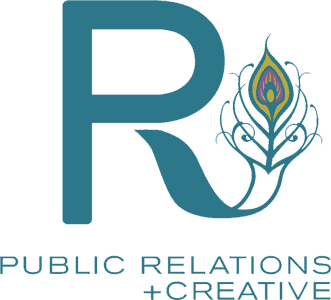In today’s digital landscape, social media has become an essential tool for businesses looking to expand their reach, engage with their audience, and drive conversions. However, one of the biggest decisions small business owners face is whether to rely on organic social media strategies or invest in paid social media ads. Understanding the advantages of each approach—and when to use them—can make a significant difference in achieving marketing goals.

The Power of Social Media for Small Businesses
Social media provides small businesses unparalleled opportunity to build brand awareness, foster customer relationships, and generate leads. Platforms like Facebook, Instagram, LinkedIn, and TikTok allow businesses to engage directly with their audience through content, conversations, and community building. While organic social media efforts are valuable, they often take time to yield substantial results. This is where paid social media ads come in.
Paid vs. Organic Social Media: What’s the Difference?
Organic social media marketing involves posting content without paying to boost visibility. This strategy relies on high-quality content, audience engagement, and algorithmic reach. While organic posts are cost-effective and help build authentic relationships, their reach is often limited due to platform algorithms prioritizing paid content.
On the other hand, paid social media ads involve investing in promoted posts or advertisements to reach a specific audience. Paid campaigns allow businesses to target demographics based on interests, behaviors, and location, ensuring their message reaches the right people at the right time. Unlike organic efforts, which can take months to gain traction, paid ads deliver immediate results.
Key Considerations for Small Businesses
Before investing in paid social media ads, small businesses should evaluate the following factors:
- Business Goals: Are you looking to increase brand awareness, drive traffic, or generate sales? Paid ads are particularly effective for businesses aiming for rapid growth or targeting new customer segments.
- Budget: While paid social media ads require an investment, they can be customized to fit any budget. Small businesses can start with a modest amount and scale as they see results.
- Target Audience: Understanding your audience is crucial. If your organic engagement is already strong, paid ads can help amplify your reach to potential customers who haven’t yet discovered your brand.
Content Strategy: High-quality visuals, compelling ad copy, and clear calls to action are essential for success. Businesses should test different ad formats, such as carousel ads, video ads, and stories, to see what resonates best with their audience.

Support with Paid Social Media Ads
Navigating the complexities of paid social media advertising can be challenging, especially for small business owners managing multiple responsibilities. This is where partnering with a firm like RPR can make all the difference. RPR specializes in crafting targeted social media ad strategies tailored to business needs, ensuring optimal ad spend, and maximum return on investment. From audience research and ad creation to campaign monitoring and performance analysis, RPR provides the expertise needed to run successful paid social media campaigns.
Final Thoughts
While organic social media strategies are valuable for building relationships and credibility, paid social media ads offer a powerful way to accelerate growth, increase visibility, and drive measurable results. By carefully considering business goals, budget, and audience needs, small businesses can make informed decisions about incorporating paid ads into their marketing strategy. Additionally, tracking key performance metrics and continuously optimizing campaigns can help ensure a strong return on investment. Paid advertising provides the ability to target specific demographics, test different creatives, and adjust strategies in real time to maximize effectiveness. And with the support of a professional firm like RPR, businesses can maximize their ad performance, reach their ideal customers more effectively, and achieve long-term success in a competitive digital landscape.
